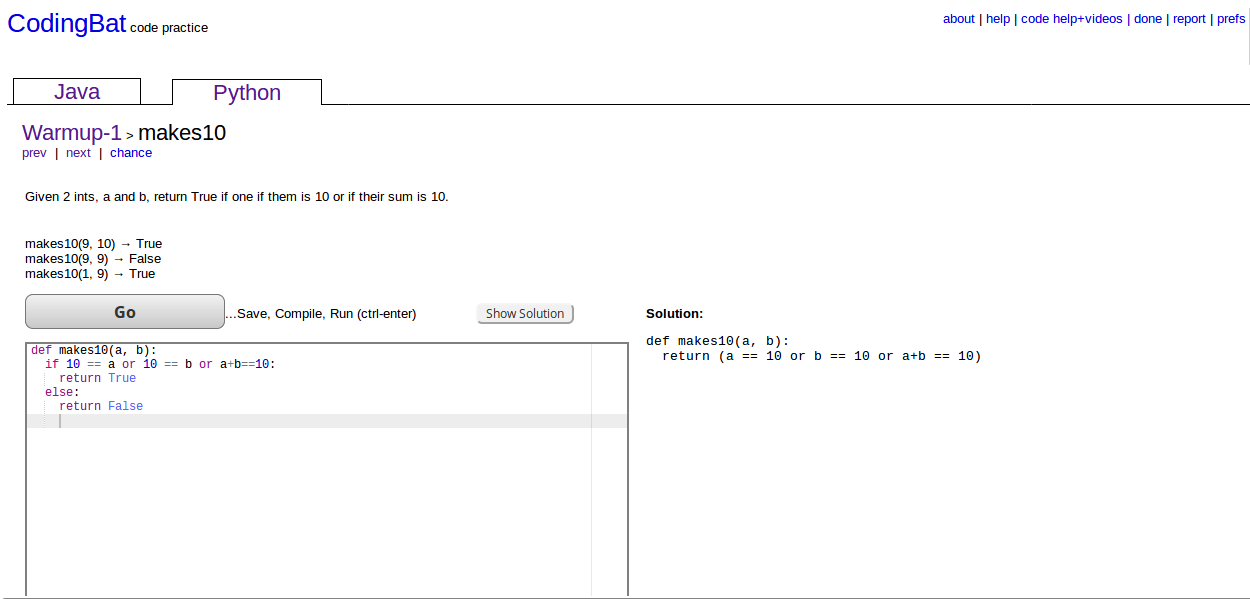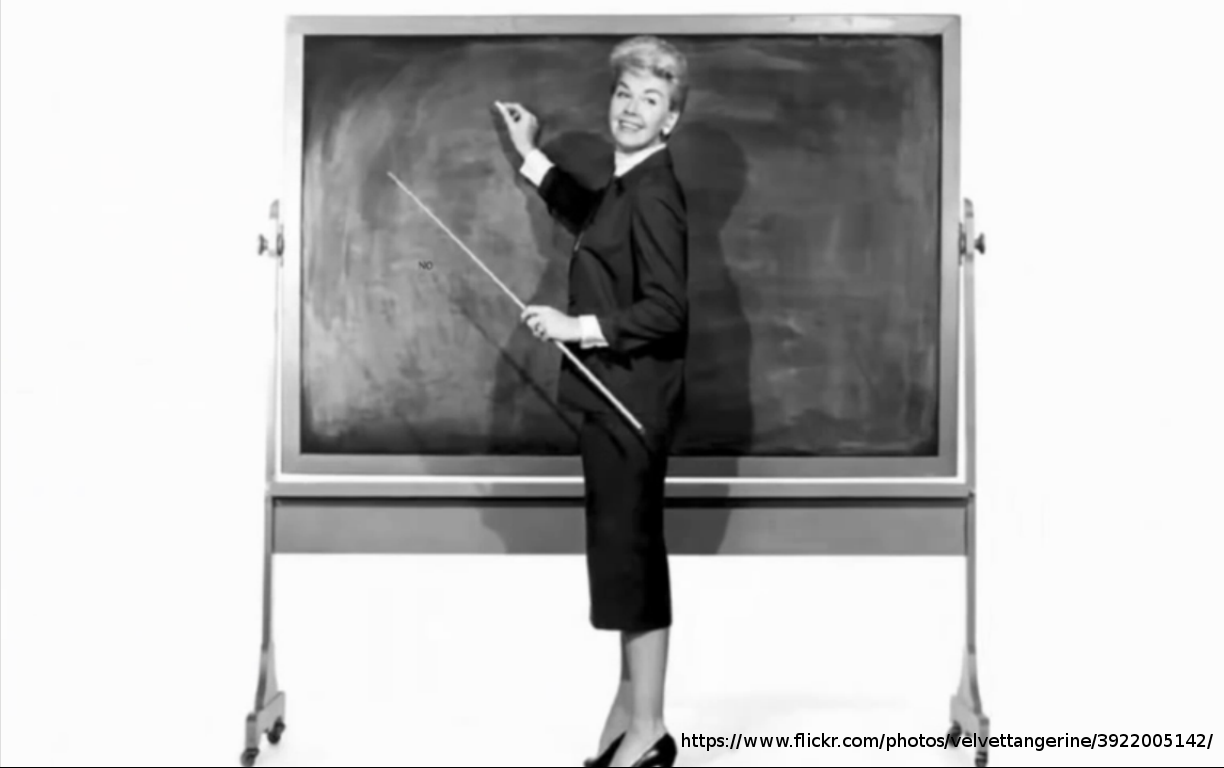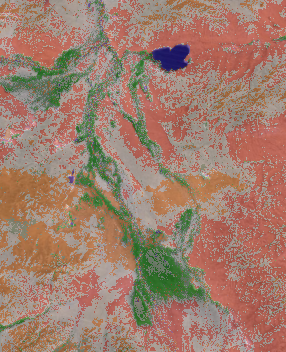
Tag: learning


Short Announcement: new MOOC on GeoInt!

How to use OpenStreetMap, guides for beginners and advanced users on LearnOSM.org
OpenStreetmap is the fastest growing community mapping project of all times. Beside the “normal” map result, what you can use for your daily navigation through cities and countries…

short announcement: ESRI MOOC – the outline

short announcement: learn to map with cartoDB
Dear folks, most of you probably know how to map things using software on your pc. Some of you might also know cartoDB. We like their service as…
NeoCartography and the need to code
The time when I studied Geography and Mathematics is long ago. So I chose Cartography as one major part of my studies and learned to draw circles and…

unsupervised classification in QGIS: kmeans or part two
As I have already covered the creation of a layer stack using the merge function from gdal and I’ve found this great “plugin” OrfeoToolBox (OTB) we can now…
short announcement: learn to create maps online
This week a new 5 weeks course will start at coursera. Coursera is an online learning platform that enables people from all around the world to learn and…
introduction to R: learning by doing (part 2: plots)
Lets go one with the second part of learning R by doing R (you will find the first part here. As we have used vectors, matrices and loops…
introduction to R: learning by doing (part 1)
Geography is often about statistics as it is the basis for fast exchange of information: providing a mean and standard deviation to the audience is often much easier…
Geodatabases
In my years at the university i was playing around with a lot of data. These were sorted “somehow” and totally distributed. after a short while i have…